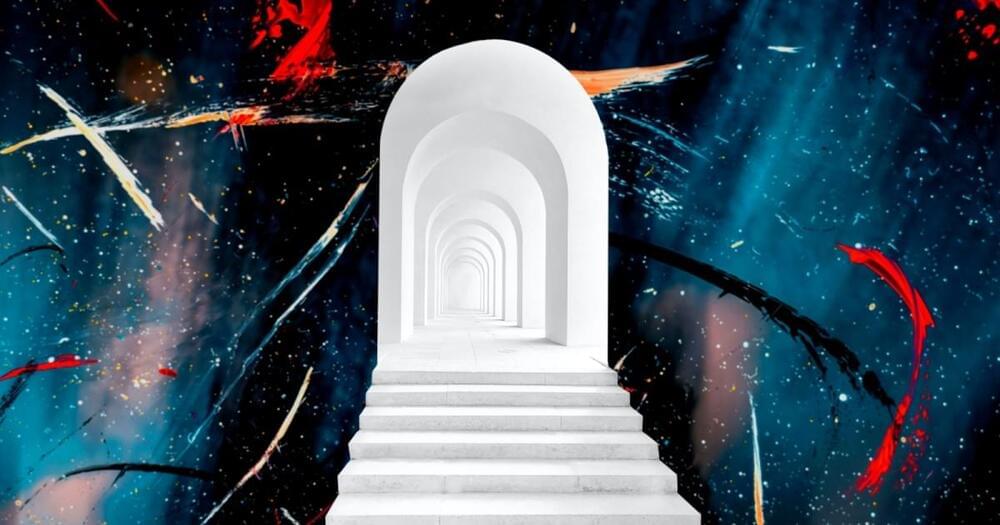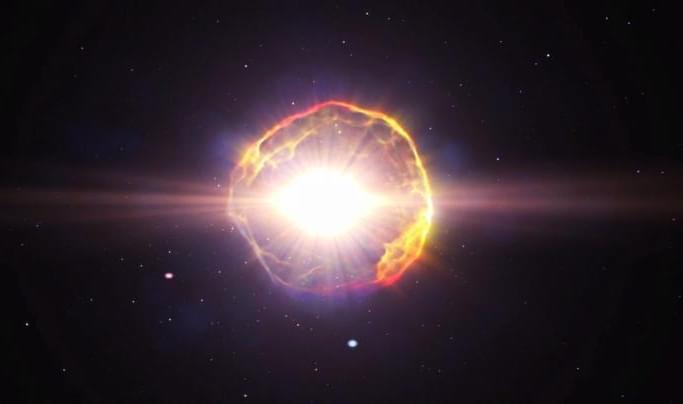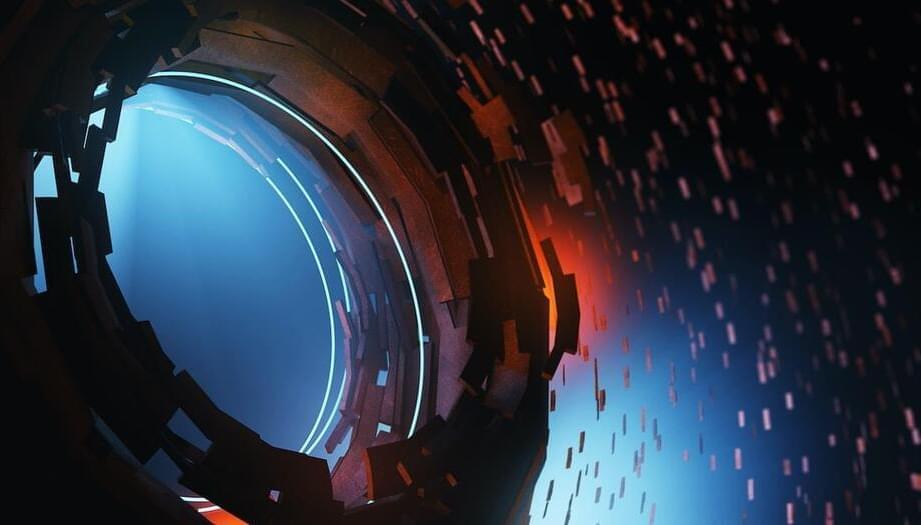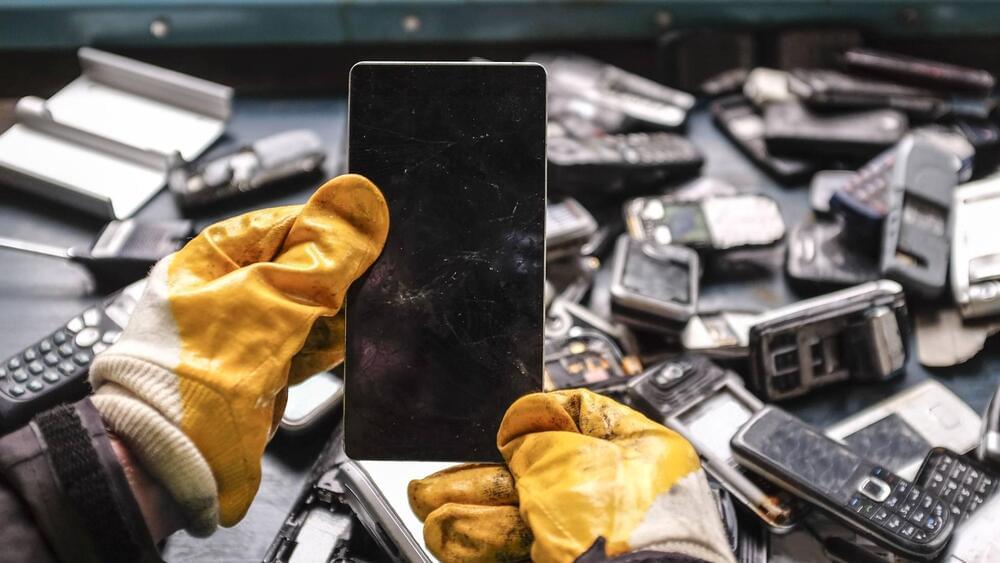In this episode we take a look at the many problems facing China’s economy. How did the country end up in this position and what does it mean for the rest of the world?
— About ColdFusion –
ColdFusion is an Australian based online media company independently run by Dagogo Altraide since 2009. Topics cover anything in science, technology, history and business in a calm and relaxed environment.
» ColdFusion Discord: https://discord.gg/coldfusion.
» Twitter | @ColdFusion_TV
» Instagram | coldfusiontv.
» Facebook | https://www.facebook.com/ColdFusioncollective.
» Podcast I Co-host: https://www.youtube.com/channel/UC6jKUaNXSnuW52CxexLcOJg.
» Podcast Version of Videos: https://open.spotify.com/show/3dj6YGjgK3eA4Ti6G2Il8H
https://podcasts.apple.com/us/podcast/coldfusion/id1467404358
ColdFusion Music Channel: https://www.youtube.com/channel/UCGkpFfEMF0eMJlh9xXj2lMw.
ColdFusion Merch:
INTERNATIONAL: https://store.coldfusioncollective.com/
AUSTRALIA: https://shop.coldfusioncollective.com/
If you enjoy my content, please consider subscribing!







